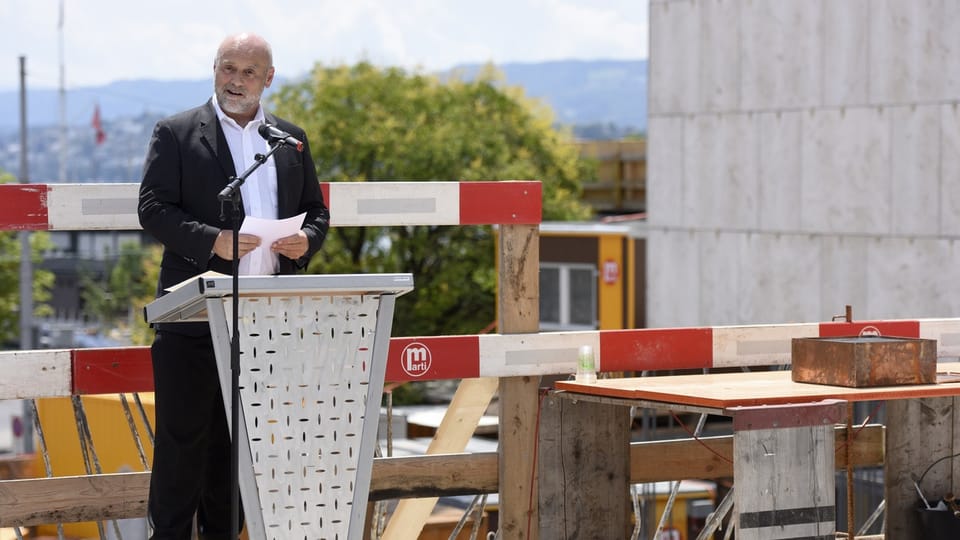Contents
Noise regulations prevent the construction of thousands of apartments. The Council of States wants relaxation, the cities don’t.
There are probably more than 10,000 apartments across Switzerland that cannot currently be built or renovated. The reason is a ruling from 2016. The Federal Court had tightened noise protection practices at the time and put a stop to the so-called “ventilation window practice”. Until then, many cantons had used this in order to be able to build in “noisy” locations.
For this reason, in the city of Zurich alone, several large projects with hundreds of apartments in noisy locations are on hold. This includes many cooperative developments. And this at a time when new living space is urgently needed. The population of Zurich has also recently found this to be the most urgent problem.
The Council of States therefore wants to relax noise protection, as it decided this week. This means that apartments should also be able to be built or renovated in places where noise limits are exceeded. In the future, it should be sufficient if the noise protection limit is adhered to in just one window in half of the noise-sensitive rooms – such as bedrooms.
At ABZ, the largest housing cooperative in Switzerland with over 5,000 apartments in the greater Zurich area, we are pleased that things are moving. “This new regulation clearly enables us to build more affordable housing for more people,” says ABZ President Nathanea Elte.
But of all cities that are particularly affected by this noise protection practice, there is resistance to this new solution. They are much more likely to demand further measures to reduce noise.
Cities prefer speeds of 30 km/h
The relaxation of noise protection that the Council of States has decided to go clearly too far for Zurich’s head of building construction, André Odermatt (SP): “Protecting the population from noise is always our top priority,” he says. You have to combat the noise at the source first.

Legend:
The new regulation that the Council of States has decided on does not protect tenants enough, says Zurich’s head of building construction, André Odermatt.
Keystone/Melanie Duchene
The focus here is particularly on a speed limit of 30. This is the most effective way to reduce noise, writes the Swiss Association of Cities in a statement on the Council of States decision. Motorized road traffic is responsible for 80 percent of noise emissions.
They aren’t allowed to use the old solution, they don’t want the new one
But the city association is also aware that a speed limit of 30 km/h does not lead to a reduction in noise everywhere. For these residential properties, the cities are advocating the solution that the Federal Court stopped in 2016 – the “ventilation window practice”. “This regulation would make it possible to build many apartments, but would also take noise protection into account,” says the responsible Zurich city councilor André Odermatt.
We have a housing shortage and now we have to do something so that more can be built
This attitude is met with incomprehension by the Zurich homeowners association. Director Albert Leiser says: “We have a housing shortage and now we have to do something so that more can be built.” And this is more important than 30 km/h zones, says Leiser. He welcomes the easing that the Council of States decided on this week.
Whether these will actually find their way into law will probably only become clear in the spring. The National Council then discusses the business.
